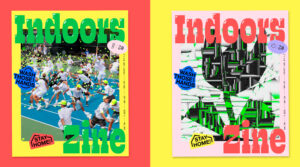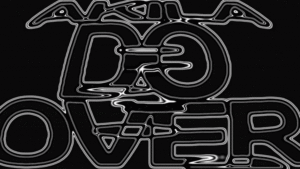The experimental type works of Rozi Zhu (@rozi.525) are a series of captivating lessons in discovery and imagination.
In the field of type design, it’s commonly accepted to go outside the box a bit, but not too much. After all, uniformity and legibility are still key, right? As we introduce the wonderfully experimental type designs of New York designer Rozi Zhu, it feels appropriate to say that she not only works outside the box; she’s taking it out to the recycling too.
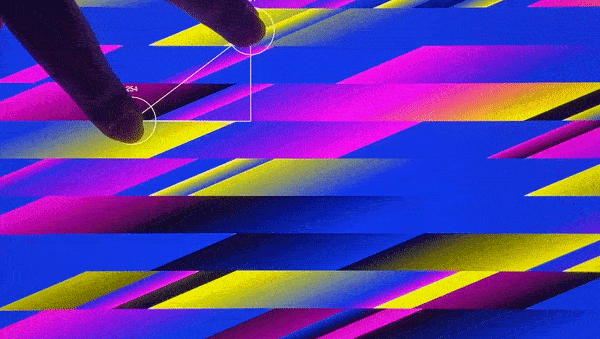
Zhu’s client and personal portfolio as a whole – spanning branding, creative coding, AR, interaction design, and beyond – is a reflection of her unwavering curiosity. As she draws from the world around her, she synthesizes her ideas through creative coding, physical computing, and any tools at her disposal; from copper wire and sugar to electromagnets and glass panes. All of this culminates in experimental and interactive designs, balancing extensive scientific research with a creative playfulness that embraces each and every outcome.
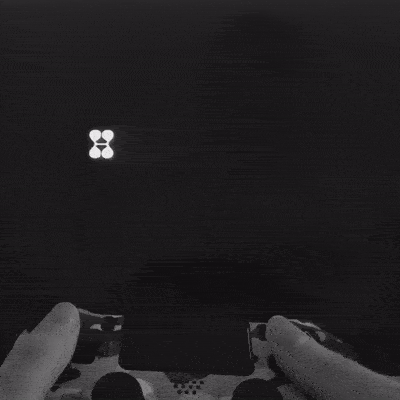
Zhu’s Approach
When it comes to Zhu’s creative practice, “my life is just like my design,” she says. “I’m a little ball sitting in an undiscovered space. Every time I hit the wall and bounce back, I get a little more information about the outside world and also myself.” From there, she continues, “the more I try, the more I’ll know who I am from inside and my relationship to this word in general, which shapes both my life and my design.”
As demonstrated in her work – not only in her personal projects, but also commercial works for the likes of Google, Adobe, and MTV – Zhu’s design process always begins with a random and rough idea. This then leads to a period of information-collecting consisting of questions, research and prototype explorations. “Every time I get a new piece of information,” she says, “it fills up my understanding of this material a little more, which changes my perspective and shifts my direction.”
Her thinking is also undeniably guided by pragmatism, as she likens designing to an exercise in problem-solving. “Sometimes it seems like a problem has ten potential solutions, but under certain conditions, as the time, budget, and skill sets are all fixed, there is always only one best solution. My design process is to narrow down the possibilities and make lots of decisions which eventually lead me to that one best solution.”
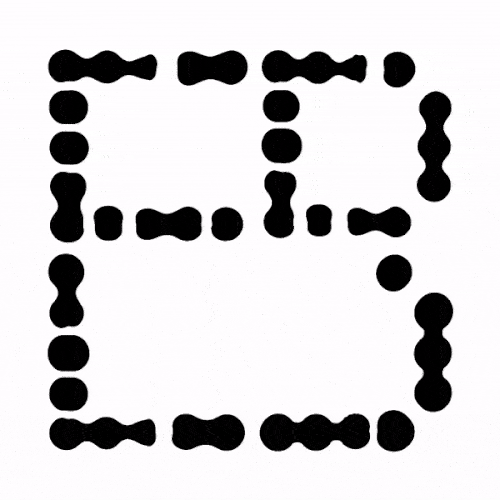
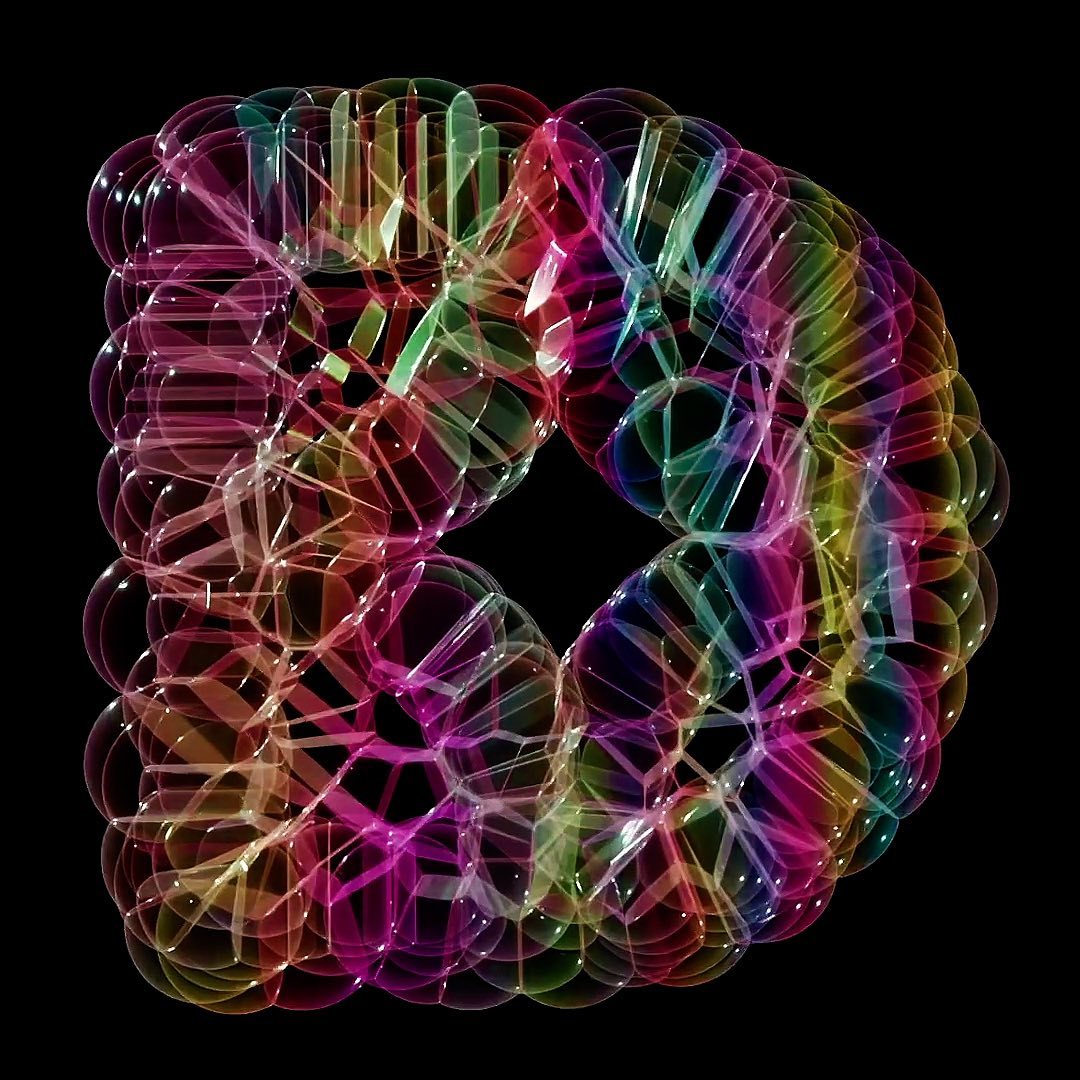
Zhu’s Approach to Type
Within the vast world of design, and its many fields and niches, we were curious to learn more about Zhu’s attraction to typography. “Language serves a specific purpose of accurate communication, and typography is a series of consistent shapes that presents the language in a visual way,” the designer points out. “Typography can be functional, and artistic, but also includes lots of other information like culture and identity. I personally think that’s very charming.”
Traditional type design is primarily perceived as a laborious process of drawing and refining. For Zhu, things look slightly different. Her typeface portfolio doubles as a series of scientific investigations into physics and chemistry.
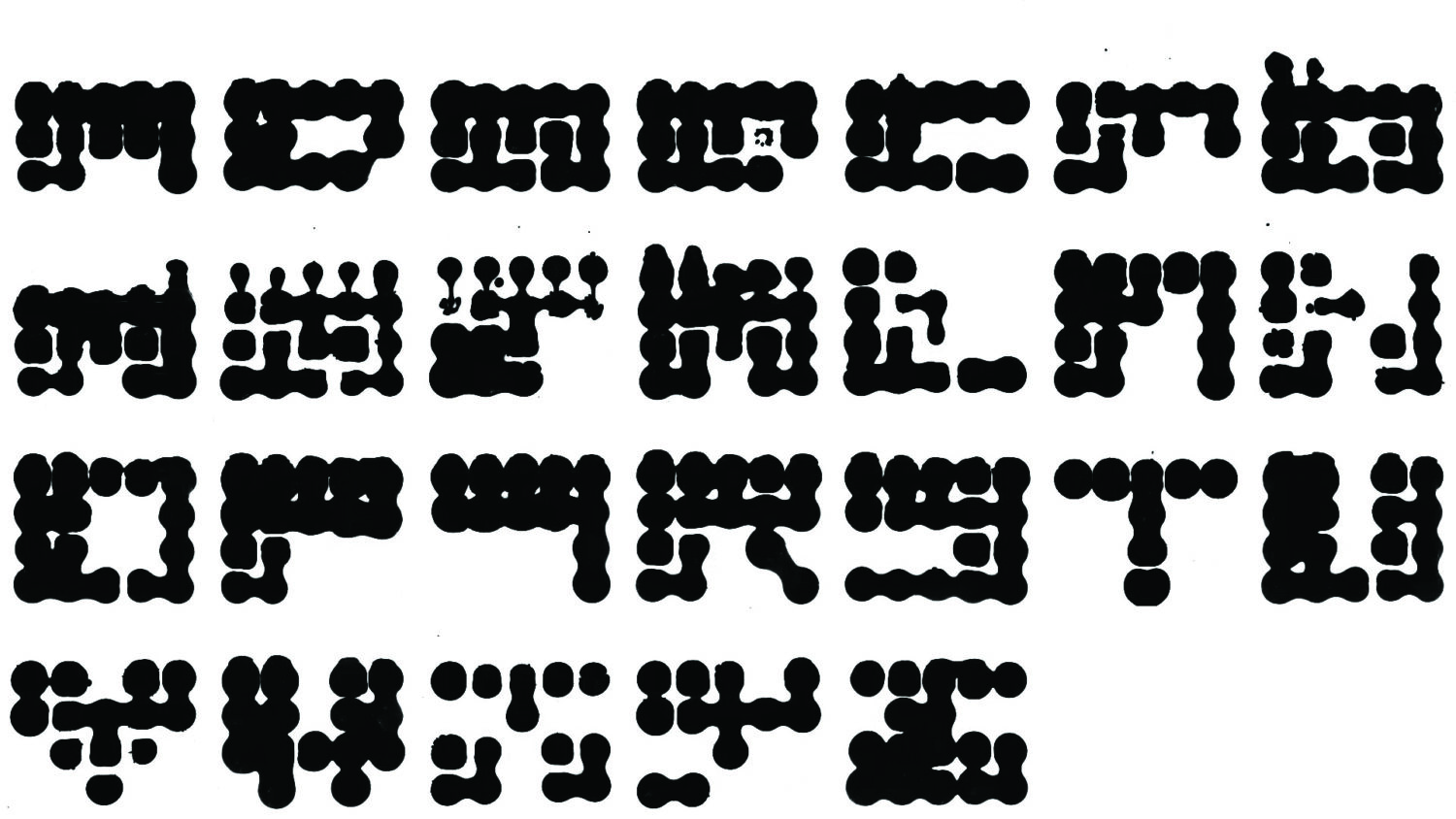
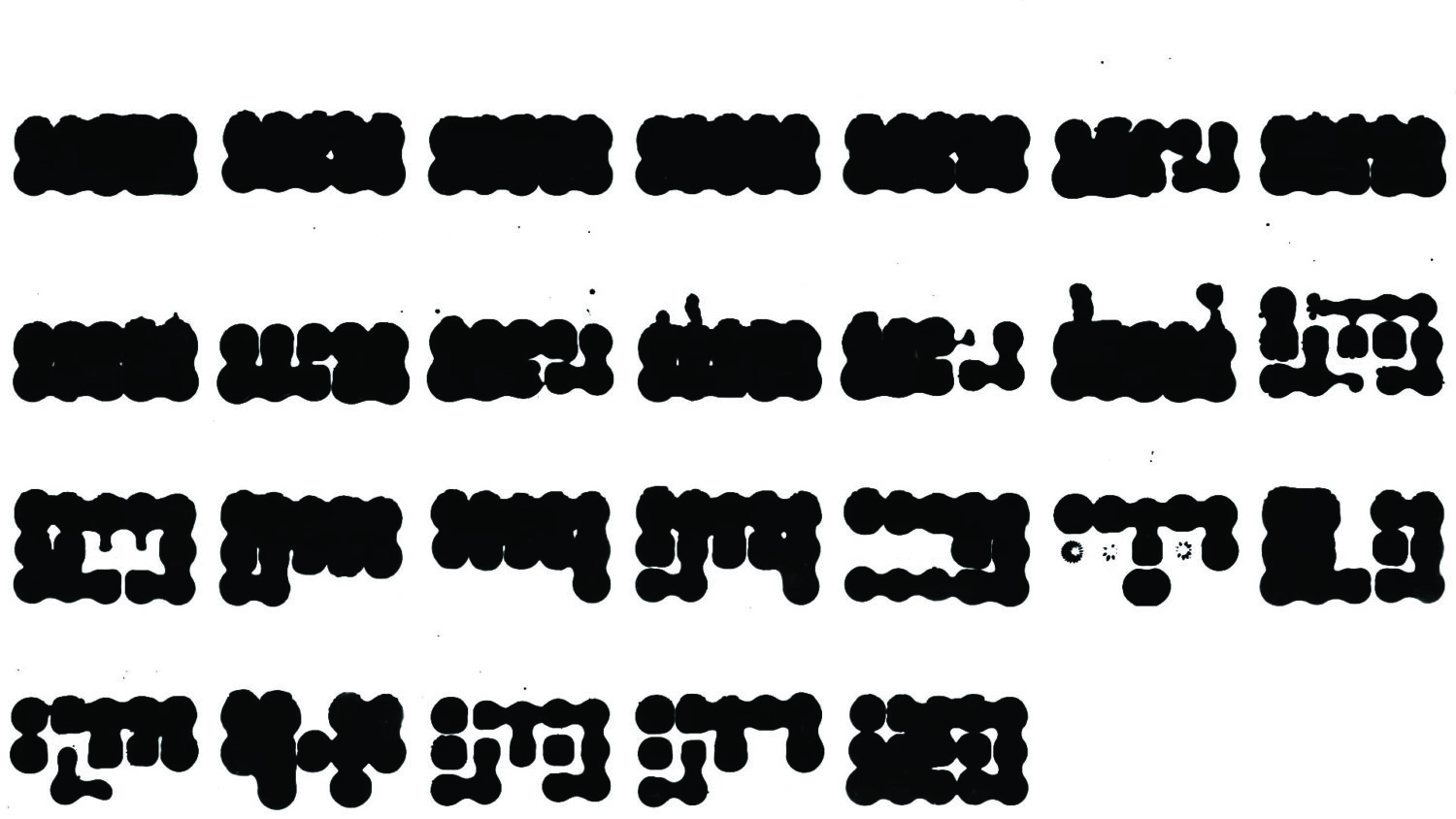
The most popular, Ferrofluid Type, is far from traditional graphic typography. “It’s about creating an interface to control ferrofluid which forms letters in a dynamic way,” she says. “The intention, process, and final visuals are very different from what’s usually being expected as typography design.” The physical character and movement intrigued the designer; she was interested in controlling it herself to make typography in motion. The outcome – a series of captivating morphing liquid glyphs – was very well received and got the 2023 Tokyo TDC nominated award. “It’s a very prestigious type competition in the industry,” she tells us, “and this year from a total entry of 3679, only around 70 got nominated.”
Floating forms of fluid were also a source of inspiration behind her thesis project, Bubble Type. The typeface – made from clouds of glistening bubbles – began with the idea to create instantly generated physical letters. “And overall,” she adds, “I think it’s aiming to preserve all the beautiful ephemeralities and to make this world a little bubblier.”

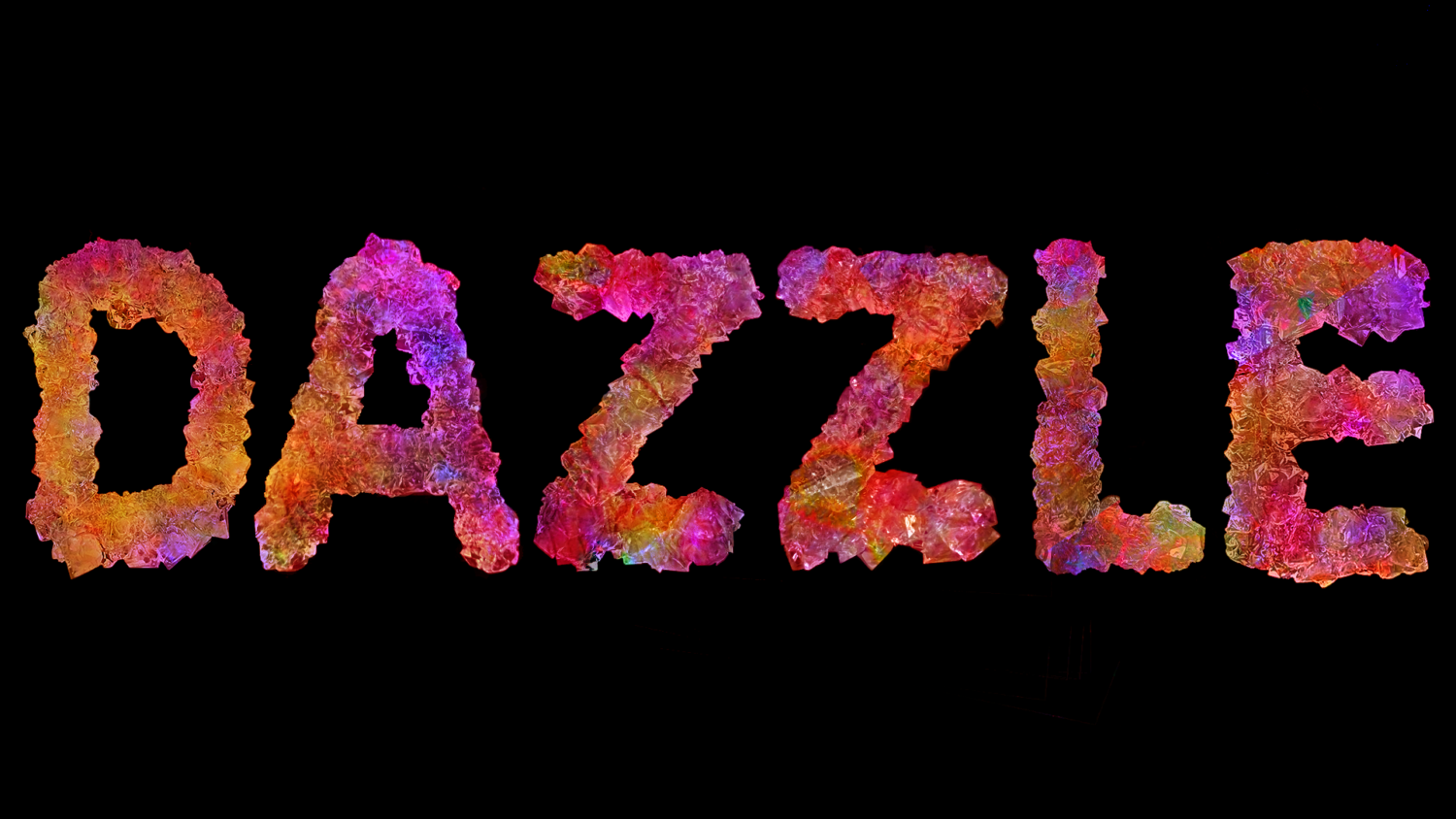
By contrast, Crystal Type’s crystalline, sharp, and jagged forms are a physical depiction of a variable font. The natural character of crystallisation attracted Zhu, where she wondered if she could “control the process to make a typeface which is able to shape itself from thin to bold on its own.” She documents all phases of the project; from the failed prototypes to the promising evolutions. Copper wire and alum evolve into digital 3D forms thanks to Houdini, patience, and a lot of trial and error.
Reflecting on her current roster, “it’s hard to say which one is my favourite,” Zhu says, “because all the materials have different characters which lead to different design processes and final results.”

Influences
Alongside the world of science, Zhu looks to the innovation and ideas of others. “There’re lots of designers and artists I like,” she reveals, “and one of the most important is Nobumichi Tosa, who is the founder of Maywa Denki. He creates a series of ‘Nonsense’ machines, which do not meet our daily needs. He recognised the nonsense as “transcending commonsense and establishing a new order”. The creations of the renowned Japanese designer have had a great impact on Zhu’s own philosophy. “The unexpectedness in his work is always pushing the creative boundary of his instruments and machines,” she notes.
This unexpectedness can be felt within Zhu’s sense of humour. Guests to her website will be greeted by a couple of fun elements. Moving your cursor around the screen will see continuous type – undulating in scale – appearing out of the mouse, turning the homepage into a canvas to draw on. “From a design perspective,” she adds, “I’m connecting the continuity of type size changement to the fly buzzing sound.” A few very realistic-looking flies walk around the screen, too. “Some users think they’re real for a moment and try to get rid of them. This moment is very expected and designed purposely as a harmless little joke. “
When it comes to her experimental and personal works, Zhu has no intention to sell.
Is there anything that she can share? “Not right now haha. I’m still exploring and learning more about type design,” she concludes.
Keep up to date with Rozi’s work on her Instagram page. Thank you Rozi for this lovely insight!
Check out more industry interviews for further insights.
When it comes to her experimental and personal works, Zhu has no intention to sell.
Is there anything that she can share? “Not right now haha. I’m still exploring and learning more about type design,” she concludes.
Keep up to date with Rozi’s work on her Instagram page. Thank you Rozi for this lovely insight!
Check out more industry interviews for further insights, and thank you Clarissa for your collaboration on this piece.

